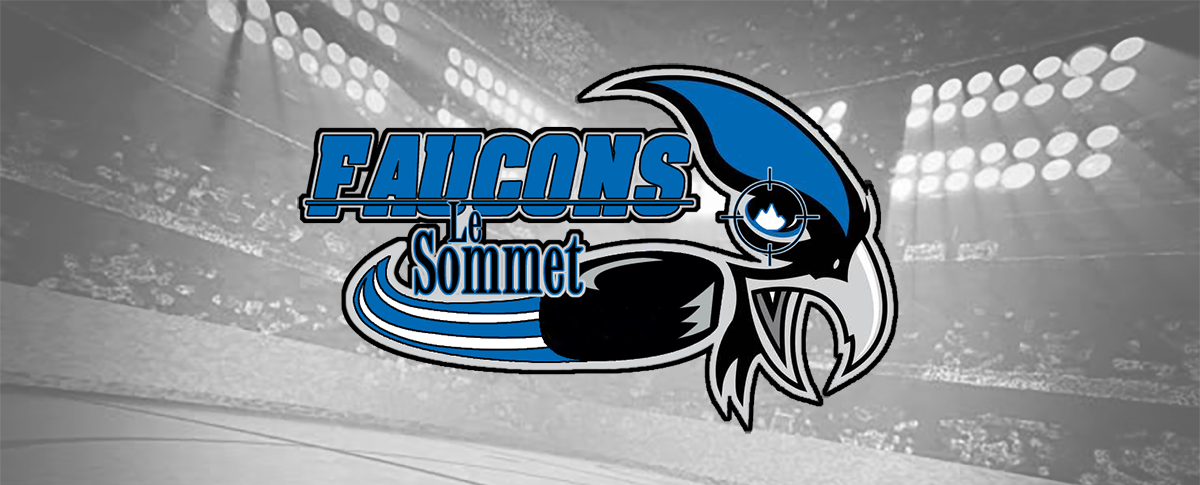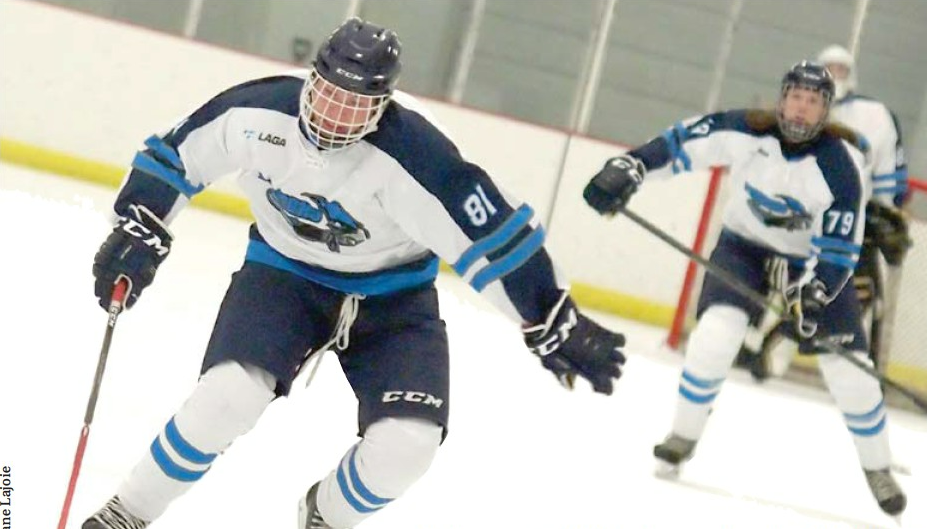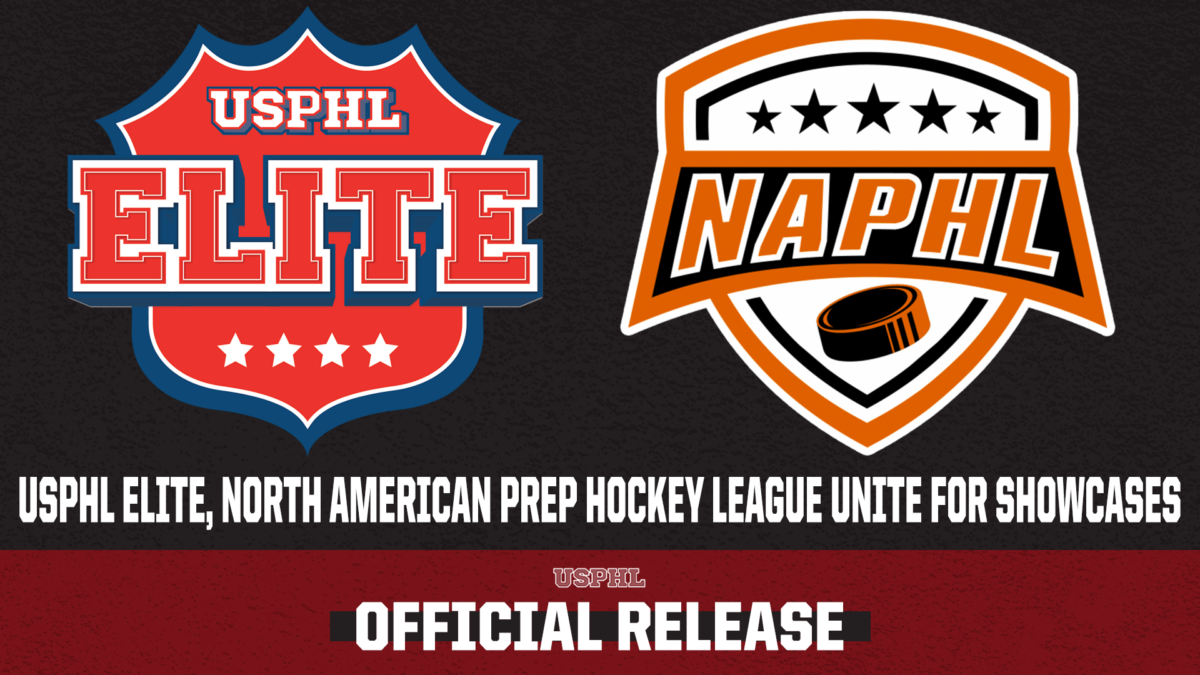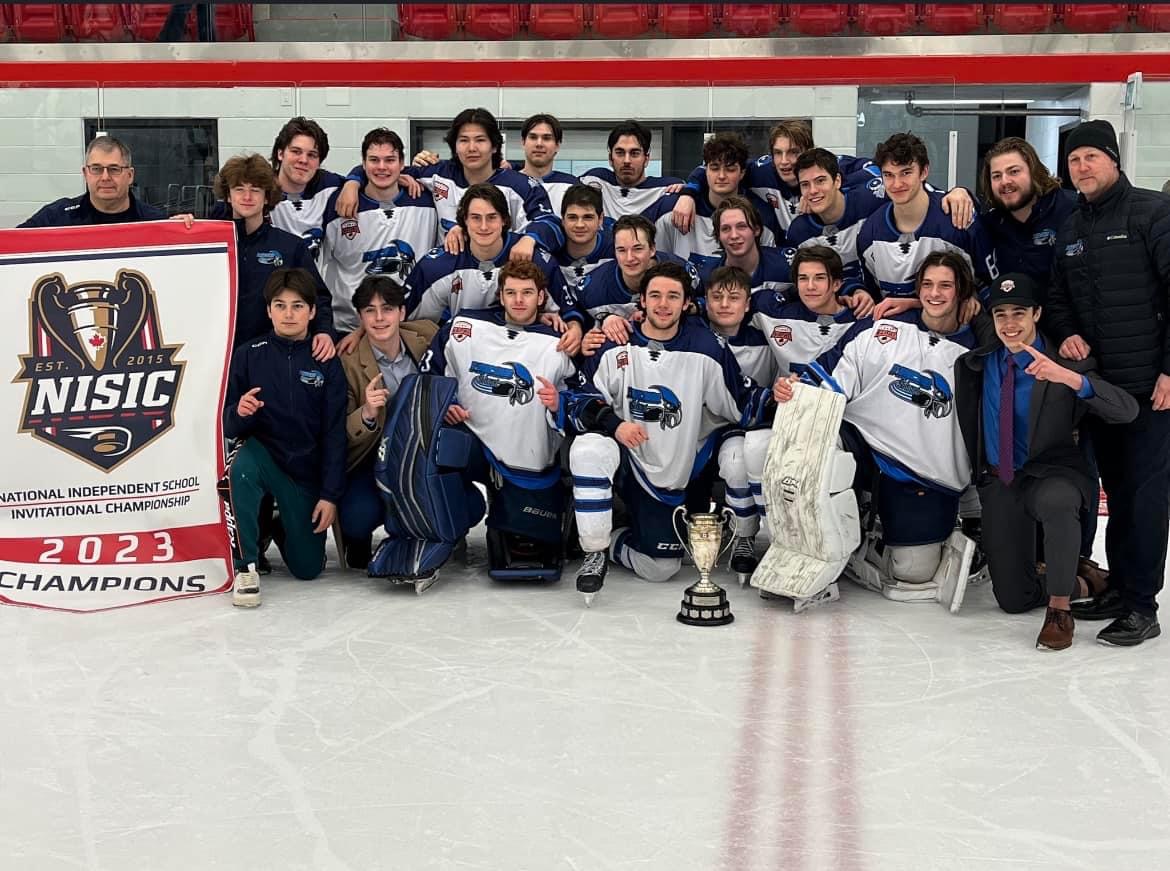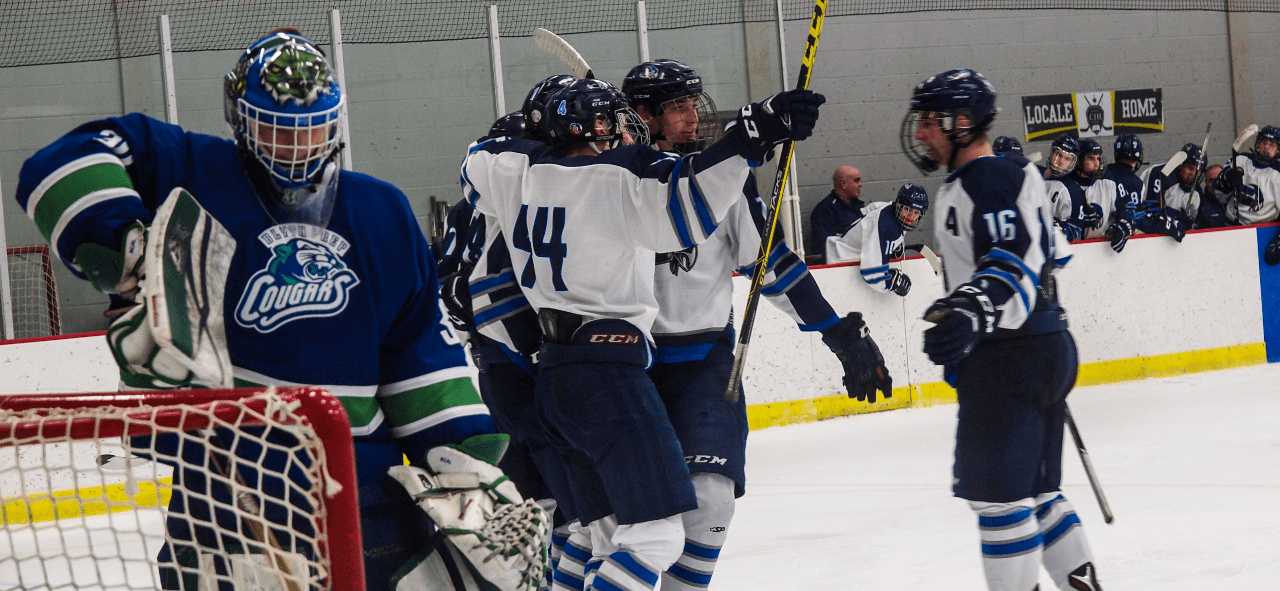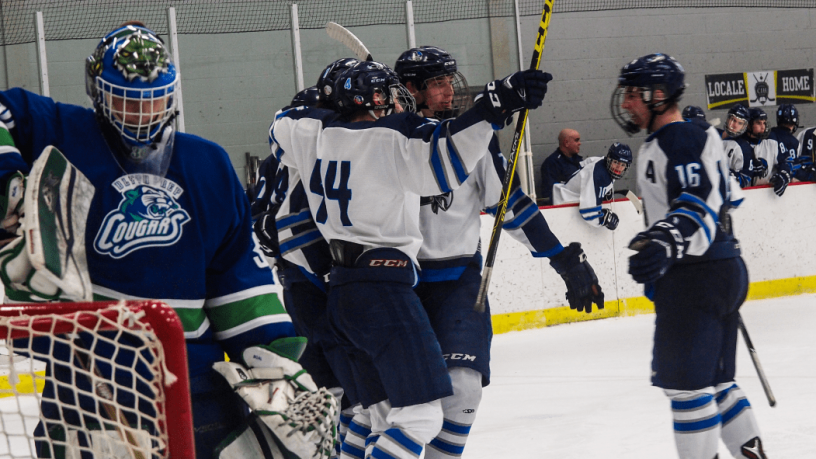By Bob Duff – Elite Level Hockey
Each hockey season, the Banff Academy includes in its annual schedule, a session of tournament hockey to be played along the U.S. East Coast.
The purpose of this road trip for the Alberta school is twofold. First of all, the hockey academies in the New England area of the USA are among the finest and most traditional schools when it comes to prep hockey.
Secondly, the trip is also viewed as a fact-finding mission. It provides both players and parents who opt to make the journey the chance to check out some of the top hockey-playing universities in the USA.
“We take all the kids to Boston for a week and play in a tournament in New Hampshire,” explained Banff Academy head coach Garry Unger. “The parents would come and we’d go on college trips.
“We go to Harvard and Boston College and some Division II colleges.”
The chance to pursue higher education is playing a significant role in the growth and popularity of Canadian hockey academies. But in Western Canada, where hockey academies have exploded in popularity, it’s become the first choice for top players no matter which direction they hope to take in their hockey development.
“There’s now essentially an entire sports school/academy-based league that really has kind of taken over British Columbia and Alberta,” said Jay Tredway, athletic director at Ridley College in St. Catharines, Ont. It’s where the majority of (WHL) draft picks now come out of – these sports school-based systems.”
For those players in search of a scholarship to play college hockey at an NCAA school, the academy route is viewed as the ideal stepping stone along that path, especially among the Ontario academies and independent schools.
“Here it’s more of an NCAA bridge,” said Robb Serviss, head coach at the A21 Academy in Windsor, Ont. “St. Andrew’s (in Aurora, Ont.) had 12 NCAA commits last year on their roster.”
Players – and parents – are quickly discovering that college isn’t the only destination for which these academies can prove to be a solid starting-off point.
“Ridley College has OHL draft picks,” Serviss said. “They’re more half and half.”
Tredway believes that parents are coming to the realization that even if junior hockey is the ultimate goal, investing a couple of junior-eligible years at a hockey academy can actually prove more fruitful than jumping into the OHL at the age of 16 or 17.
“The good part for the student-athlete in hockey is there’s different pathways that are opening up,” Tredway said. “Schools like Ridley are there to help people who want to pursue that.
“One of the things that families have come to appreciate is that there’s going to be time to play junior hockey but what’s going to give you the best fundamental boost and the best developmental boost?”
If junior is the game plan, staying the course at Ridley, a boarding school, helps kids not only to improve on the ice, but also to excel in the classroom and grow accustomed to living a life away from home, learning vital time-management skills.
“It’s an opportunity to go somewhere where you’re not riding the bench behind a 20 year old,” Tredway said. “You’re playing full-on minutes all the time through.
“By the time you’re a 20-year-old and you’re in junior hockey, you’re ready to go. You’re already set.”
University, though, remains the first choice of destination for most students at schools such as Ridley.
“The students that choose Ridley, that’s what they’re pursuing primarily,” Tredway said of a college scholarship. “There are a lot of (OHL) draft picks in the mix with us but the majority of kids have chosen Ridley because they want to pursue post-secondary sport.
“The reality of hockey is that’s a year or two away. They may end up having to play (Tier II) junior until they’re 20 years old because their university is not going to want them right away. They’re not going to be freshmen at 18 or 19. They’re lucky if they’re freshmen at 20, and for some of them it’s 21.
“So, there’s this opportunity to have this development, this education-based development option that gets them to being an 18-year-old. And then, they still have two years of junior hockey to play before the university that wants them even wants them to show up on campus.”
Tredway looks at the world junior tournament, where USA Hockey has closed the gap and runs neck and neck with Hockey Canada most years, as a sign of the changing hockey landscape in terms of the development pipeline.
“You look at the rosters for those U.S. teams and it’s all college guys,” Tredway said. “It’s all guys that are either on the (USA Hockey) U18 development team, which is a pretty bespoke organization, or it’s university guys. And the Canadian team is made up of major junior guys and a couple of university guys.
“I think that’s where you’re going to see changes. People are learning that the educational pathway is not hurting their development at all. In fact, it may be giving lots of other upside that maybe people hadn’t been paying attention to before.”
